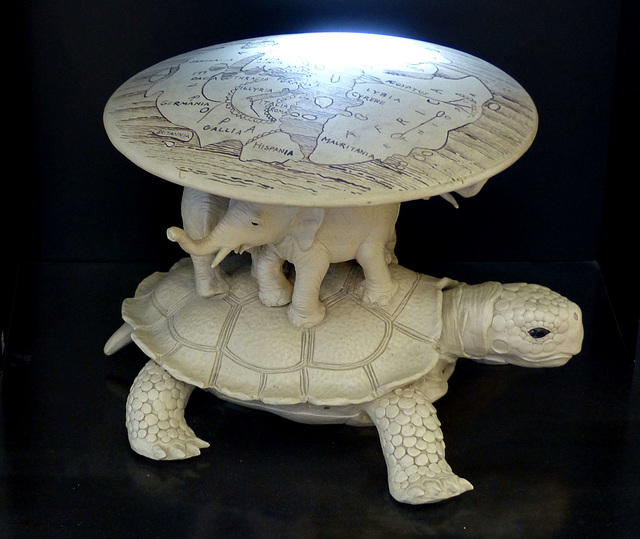Tallinn - Toomkirik
Tallinn - Toomkirik
Tallinn - Toomkirik
Tallinn - Toomkirik
Tallinn - Aleksander Nevski katedraal
Tallinn - Aleksander Nevski katedraal
Tallinn - Kaarli kirik
Tallinn
Tallinn
Tallinn - Kumu
Tallinn - Kumu
Tallinn - Kumu
Tallinn - Kumu
Tallinn - Kumu
Tallinn - Kumu
Tallinn - Kumu
Haapsalu - Piiskopilinnus
Haapsalu - Toomkirik
Haapsalu - Toomkirik
Haapsalu - Piiskopilinnus
Haapsalu - Piiskopilinnus
Haapsalu
Haapsalu
Tallinn - Suurgildi hoone
Tallinn - Suurgildi hoone
Tallinn - Oleviste kirik
Tallinn - Schwarzhäupterhaus
Tallinn - Püha Vaimu kirik
Tallinn - Püha Vaimu kirik
Tallinn - Püha Vaimu kirik
Tallinn - Püha Vaimu kirik
Tallinn
Tallinn
Tallinn
Tallinn - Niguliste kirik
Tallinn - Niguliste kirik
Tallinn - Niguliste kirik (PiP)
Tallinn - Niguliste kirik
Tallinn - Niguliste kirik
Tallinn - Niguliste kirik
Tallinn - Niguliste kirik
Tallinn - Niguliste kirik
Tallinn - Niguliste kirik
Tallinn - Niguliste kirik
Tallinn - Niguliste kirik
Location
See also...
Keywords
Authorizations, license
-
Visible by: Everyone -
All rights reserved
-
33 visits
Tallinn - Suurgildi hoone


Tallinn, the capital city of Estonia, is situated on the shore of the Gulf of Finland of the Baltic Sea. It is only 80 kilometres south of Helsinki. From the 13th century until the first half of the 20th century Tallinn was known as Reval.
The first recorded claim over the place was laid by Denmark after a raid in 1219 led by Valdemar II. In 1227, the Order of the Brothers of the Sword conquered Reval and three years later recruited 200 Westphalian and Lower Saxon merchants from Gotland, who settled below the castle and were granted freedom of customs and land. In 1238 Reval fell back to Denmark, Under renewed Danish rule, the city rapidly grew in size and economic importance. In 1248, the Danish king granted it the Lübische Stadtrecht (town charter). Due to the strategic location, its port became a significant trade hub, especially in the 14–16th centuries when Tallinn grew in importance as the northernmost member city of the Hanseatic League.
The king of Denmark sold Reval along with other land possessions in northern Estonia to the Teutonic Knights in 1346.
The Tallinn Great Guild was founded around 1325. The most influential merchants were united in this guild. Only married rich merchants or goldsmiths who owned a house could become members of the guild. Unmarried merchants could only become members of the Brotherhood of Blackheads.
The late Gothic house of the Great Guild was built in 1410.
Religious ceremonies, concerts, theatre performances as well as festivities and drinking parties took place here.
Since 1952, the Great Guild Hall has been the building of the Estonian History Museum.
According to old Hindu mythology, the world is supported on the backs of four elephants, themselves resting on the back of a turtle.
This "image" is known in Europe since John Locke and was discussed by German philosophers of the 18th century. Even Goethe wrote about it.
In the Discworld series created by Terry Pratchett, the world is said to be a flat plane sitting on top of four elephants astride the shell of a giant turtle named A'Tuin.
Here are actually three (instead of four) elephants. I was surprised to find the fine ivory carving in the museum's exhibition about maps.
Translate into English
The first recorded claim over the place was laid by Denmark after a raid in 1219 led by Valdemar II. In 1227, the Order of the Brothers of the Sword conquered Reval and three years later recruited 200 Westphalian and Lower Saxon merchants from Gotland, who settled below the castle and were granted freedom of customs and land. In 1238 Reval fell back to Denmark, Under renewed Danish rule, the city rapidly grew in size and economic importance. In 1248, the Danish king granted it the Lübische Stadtrecht (town charter). Due to the strategic location, its port became a significant trade hub, especially in the 14–16th centuries when Tallinn grew in importance as the northernmost member city of the Hanseatic League.
The king of Denmark sold Reval along with other land possessions in northern Estonia to the Teutonic Knights in 1346.
The Tallinn Great Guild was founded around 1325. The most influential merchants were united in this guild. Only married rich merchants or goldsmiths who owned a house could become members of the guild. Unmarried merchants could only become members of the Brotherhood of Blackheads.
The late Gothic house of the Great Guild was built in 1410.
Religious ceremonies, concerts, theatre performances as well as festivities and drinking parties took place here.
Since 1952, the Great Guild Hall has been the building of the Estonian History Museum.
According to old Hindu mythology, the world is supported on the backs of four elephants, themselves resting on the back of a turtle.
This "image" is known in Europe since John Locke and was discussed by German philosophers of the 18th century. Even Goethe wrote about it.
In the Discworld series created by Terry Pratchett, the world is said to be a flat plane sitting on top of four elephants astride the shell of a giant turtle named A'Tuin.
Here are actually three (instead of four) elephants. I was surprised to find the fine ivory carving in the museum's exhibition about maps.
Paolo Tanino, Alexander Prolygin, Fred Fouarge have particularly liked this photo
- Keyboard shortcuts:
Jump to top
RSS feed- Latest comments - Subscribe to the comment feeds of this photo
- ipernity © 2007-2024
- Help & Contact
|
Club news
|
About ipernity
|
History |
ipernity Club & Prices |
Guide of good conduct
Donate | Group guidelines | Privacy policy | Terms of use | Statutes | In memoria -
Facebook
Twitter

Sign-in to write a comment.